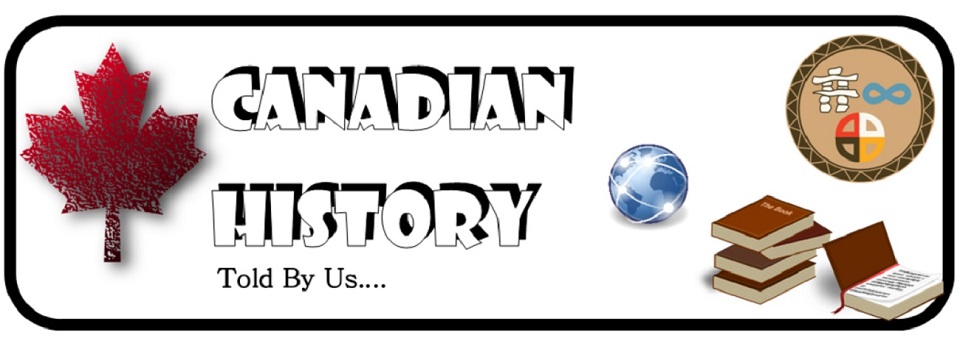who were the first peoples, and how did they structure their world?
different groups of people who lived in similar geographical areas shared cultural elements which are the food sources, housing, clothing etc.
the 6 cultural areas are
-Arctic
-Subarctic(western,eastern)
-northeast coast
-plateau
-great plains/prairie
-woodlands
there language is one of the most important part of there culture
till this day only 94% of indigenous languages in Canada are at risk. for there culture areas are
-subarctic(west and east)
-great plains/prairies
-woodlands
language groups are:
-Cree
-Dakota
-ojibwe\Ojibway
-oji-cree
-dene

Hey Cassie, you did a really good job explaining the cultural and language areas of Canada. I like how you mentioned that 94% of indigenous languages in Canada are at risk of extinction, as this has been a question on a couple of our weekly quizzes so far. Also it sparks the thought of, what will happen when and if these languages do die out? And how will the First Nations People of Canada feel about this? Is there anything we can do to help preserve these languages?
ReplyDeleteI also like how you included that language is one of the most important parts of the First Nations culture. Because without language we would be unable to portray complex ideas. Communication would be extremely difficult, making it hard to make/grow the bonds we have with not only other people but other living things as well. Also in class we talked about the fact that prior to the time when the Europeans came to Canada, there were over 50 major languages with 12 distinct language families. Not to mention the fact that there were countless amounts of dialects as well.
I also appreciate the fact that you mentioned that the different people within cultural areas had similar ways in which they did things. For example the way they built their houses, food they ate, ways they hunted... This is something I never really thought of until it was mentioned in class.
The following link that I have provided, will bring you to the blog post that I posted this month which includes a picture of the 2 maps that we completed in class of the cultural and language regions of Canada.
https://canadianhistorytoldbyus.blogspot.ca/2017/09/in-todays-news_36.html
Hello Cassie !!! Sweet blog !!! I love how u started it off with a question. It caught my attention and made me excited to read on. I like how you bullet pointed the 6 cultural areas !!!! It would have been cool to see a map with them labelled on there too as it may have helped you get more marks on it as well !!!! I really like how you said right off the bat that language is very important to culture because not everyone knows this ! Also, 94% of Indigenous languages in Canada are at risk !! HOLY MOLY!! that’s a pretty high number, yikes !!! That is also very important to know because these poor people are not gonna be able to communicate with us people who aren’t as fortunate enough to be able to speak these unique languages !!! Also not to mention how devastated these people would feel if their own language got taken away because I would feel pretty lost if I were in their shoes! great job on putting that in !!! I like how you included the Language Groups because it seems to fit well with the the points about language you had previously in your blog !!! However, a map for those would have been interesting to see as I find maps very cool and it would be great to know whst areas people in our province or even country speak these different languages. Cassie, you had some great information and points in your blog although, some quotes or pictures to follow up your information would have been excellent to see, especially because I as a viewer, am curious to know more about this !!!
ReplyDeleteHello Cassie I like your post explaining the traditional cultural groups. It is very interesting about how so many people were able to get a foothill in the harsh environment of Canada. One question that I have always thought but have no answer to. How did language evolve and where did each language come?
ReplyDeleteIt also saddens me to think that 94% of these unique languages would just disappear entirely. Each of these developed in total isolation is just a testament to how diverse humanity really is.
I hope Cassie you enjoy this course because this course is so important. This course will teach us how did the country we love come to be. Everything from Jacque Cartier to Samuel de Champlain to Pierre Esprit Radisson and Medart Chouart des Groseilliers to the Hudson’s Bay Company shows all the hardship these explorers endured and countless other whose names we don’t know.
Another thing we don’t think about is the role the First Nations People played in the success of the fur trade and modern-day Canada and how the Europeans treated them in the early days of European colonization. One thing is vital to remember is language is required for any high-level thinking task from hunting, to preparing the meat and all the byproducts, to basic communication such how a person is doing. None of these things are possible without language.
I truly wish that more people would hang on to their language and culture. People need to pass on their tradition, language and beliefs onto the next generation. The importance must not be lost because it is nearly impossible to regain after it is gone.